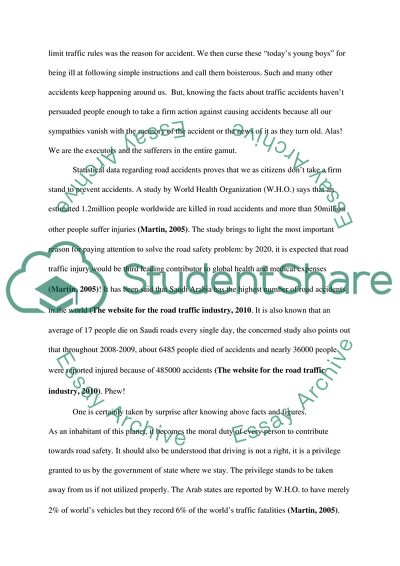Cite this document
(Road Traffic Accidents in Saudi Arabia Research Paper, n.d.)
Road Traffic Accidents in Saudi Arabia Research Paper. Retrieved from https://studentshare.org/social-science/1734870-road-traffic-accident-rtas-in-saudi-arabia
Road Traffic Accidents in Saudi Arabia Research Paper. Retrieved from https://studentshare.org/social-science/1734870-road-traffic-accident-rtas-in-saudi-arabia
(Road Traffic Accidents in Saudi Arabia Research Paper)
Road Traffic Accidents in Saudi Arabia Research Paper. https://studentshare.org/social-science/1734870-road-traffic-accident-rtas-in-saudi-arabia.
Road Traffic Accidents in Saudi Arabia Research Paper. https://studentshare.org/social-science/1734870-road-traffic-accident-rtas-in-saudi-arabia.
“Road Traffic Accidents in Saudi Arabia Research Paper”, n.d. https://studentshare.org/social-science/1734870-road-traffic-accident-rtas-in-saudi-arabia.


